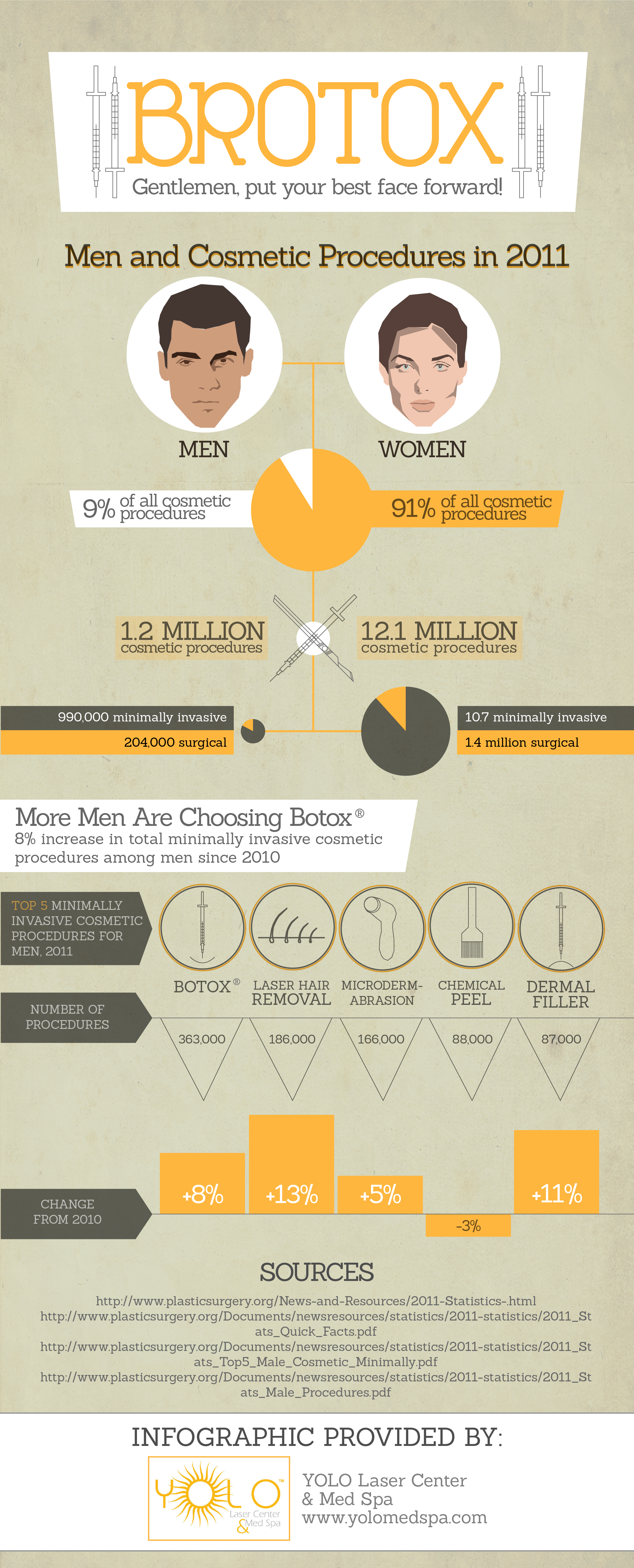Final 90 Keywords
Final 90 Keywords
Blog Article
Sources of Acne on Cheeks
Acne outbreaks in the cheek location are triggered by several things, from touching your face regularly to not altering your pillowcase commonly sufficient. Picking at acnes increases your threat of infection and scarring, and specific drugs can get worse dark areas (postinflammatory hyperpigmentation).
The good news is, there are many ways to prevent and treat cheek acne. These include:
1. Hormone Adjustments
Acne is largely caused by hormonal agents, specifically those generated throughout the age of puberty and maternity. For some, a family history of acne might additionally add to their problem. Anything that blocks pores, such as oil-based skin treatment products or waxy hair products, can trigger acne. Various topical treatments, like benzoyl peroxide and salicylic acid, can fight microorganisms and unclog pores. Those with serious or persistent acne ought to seek treatment from their doctor.
Stay clear of touching or pressing your acne, as this can press a few of the germs deeper into the skin, resulting in a more severe outbreak. It is additionally vital to alter pillow cases on a regular basis and utilize clean makeup brushes. You should additionally attempt to prevent irritants such as friction from wearing a headgear or limited collar.
2. Diet plan
The greasy, sugary foods that many people assume trigger acne might really not do so. In fact, researches have actually revealed that eating a diet abundant in entire, nutrient-dense foods assists to prevent outbreaks.
Foods high in the glycemic index (such as white bread, corn flakes, blew rice and potatoes, doughnuts and various other pastries) raise blood sugar level degrees rapidly, and this can increase hormonal agents that improve oil production and lead to acne.
Consuming alcohol cow's milk has actually likewise been linked to raised acne outbreaks. If you are a regular cow's milk enthusiast, you might wish to try switching to low-fat or nondairy choices that are strengthened with calcium. Additionally, drinking even more water can assist to decrease acne due to the fact that it aids to keep the skin hydrated.
3. Excess Oil
While oil is essential for healthy and balanced skin, it can end up being a problem when way too much sebum combines with dead skin cells and blocks pores. This mix can produce blackheads, whiteheads and pimples. The obstructed pore wall can break down and spill bacteria, dead skin cells and sebum right into surrounding skin. This causes a red bump referred to as a pimple. Occasionally these red bumps have pus in the center from a bacterial infection. Bigger infected bumps that resemble acne are called cysts.
There are lots of things that can create excess sebum and stopped up pores, including hormonal agent fluctuations, diet and everyday practices. Some instances include touching the face frequently, relaxing your hand on your cheek, using unclean makeup brushes and not transforming pillow cases regularly.
4. Stress
If you're managing throbbing pimples or a multitude of blackheads and whiteheads, it may be time to speak to a dermatologist. They can advise an efficient treatment that matches your skin type. Exercising relaxation and stress-reduction strategies likewise aids.
Acne can occur in the cheeks as a result of friction and stress, such as when a person touches their face regularly or uses a hat or sporting activities helmet that scrubs versus the skin. It can also show up where greasy cosmetics and lotions massage against the skin.
Avoid pressing acne, as this can press infected material deeper right into the skin and result in scarring. Rather, see a doctor to discover preventative treatments like medicine, skin care products and way of living modifications. Consuming a healthy diet plan of whole foods, getting 7 to nine hours of rest and using noncomedogenic make-up and skincare products can all help in reducing acne outbreaks.
5. Hair Products
Hair items are not normally thought of as a root cause of outbreaks, however they can add to acne on the cheeks in some people. Pomade acne, which is identified by small shut comedones and papulopustules, is commonly triggered by making use bad botox before and after of oily hair products that contain comedogenic components such as certain oils and acetylated lanolin.
Selecting hair items that don't include these possibly comedogenic ingredients is a crucial action toward reducing outbreaks. Also, making sure that hair items aren't coming in contact with the skin can assist protect against breakouts. For instance, putting on a scarf or hood during the night can limit hair-to-face get in touch with and lower the possibility that leave-in hair items will certainly rub off onto the face.
In addition to utilizing a non-comedogenic cream and washing with an acne face laundry, various other useful approaches consist of: